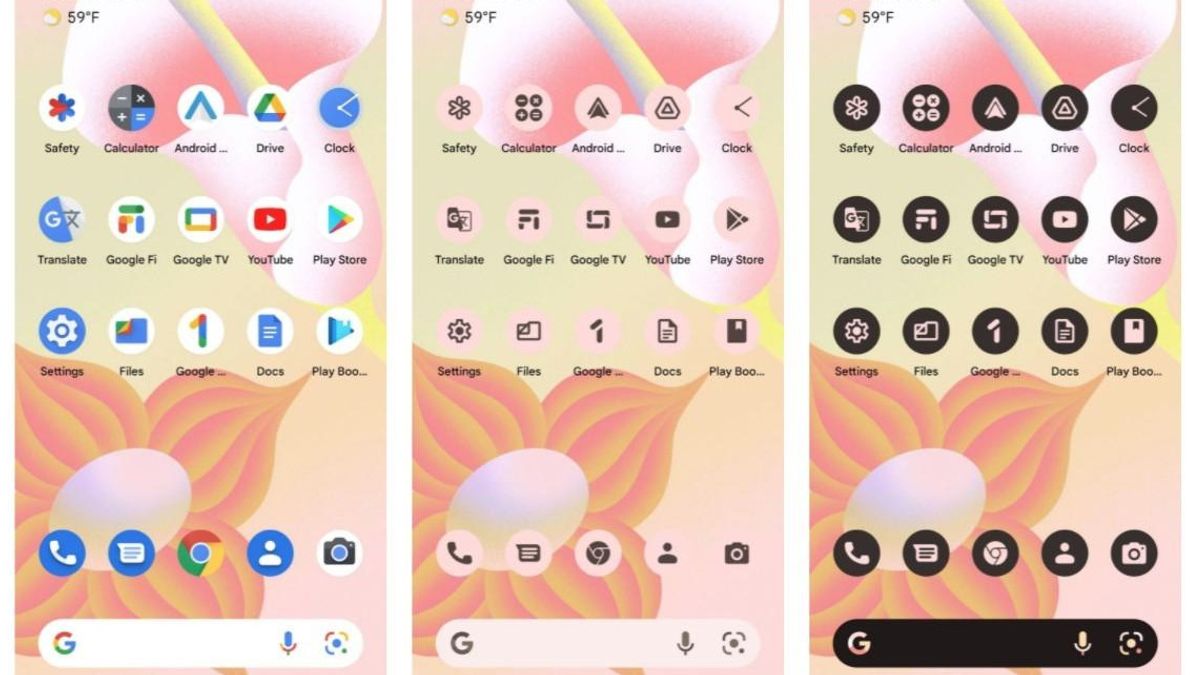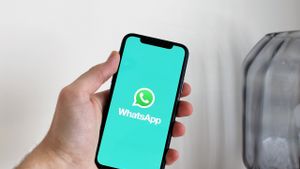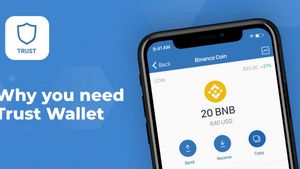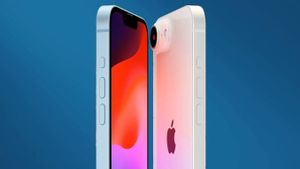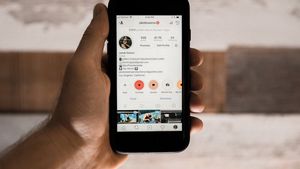JAKARTA - Google's new operating system (OS), Android 12 may be in the process of rolling out to smartphones and tablets, but the company is already working on Android 13 and Android 12L midcycle.
It was seen when Google launched the developer preview of the first Android 13 app. It is important to note that this is only the first look at the upcoming OS, and is intended for developers only.
So the first beta version that is ready for the public will arrive next April, while the final release of Android 13 is planned sometime after July.
Then What's New from Android 13?

Still focusing on privacy and security at its core, Android 13 brings a new system photo picker as a standard and optimized way to securely share local and cloud-based images.
This system extends what Android's document picker does, allowing users to share files without apps that require permission to view all media on the device, to select photos and videos as well.
Next up is Material You, which debuted with Android 12 as Google's own enhanced customization feature for Android.
Material You draws colors from user-applied wallpapers to app themes and phone interfaces. It's now available on Google Pixels and some other Android 12 phones, but Google is working on making it widely available to all devices running Android 12L and up.
SEE ALSO:
With Android 13, Google will allow users to change how those colors appear. Currently, Material You has a pastel basis. While some people don't like that, Google is going to improve the hue with four new options.
There are also improved notifications. Settings in Android 13 have been seen showing support for notification permissions. This means that Google won't let just any Android app send users notifications in the first place.
Each app must request and be granted access to send users notifications. Including game applications that often cause spam notifications.
The language feature will also be improved in Android 13, with Google adding native support for per-app language settings to Android. Currently, users can set the default system language used by all the apps on their phone, but Google is working on a new setting that lets users choose which app will use their preferred language.
For example, WhatsApp can be in English, Telegram in Russian, WeChat in Chinese, and so on. This is a great little update for people who speak multiple languages and communicate with other people around the world.
Lastly, QR codes are becoming much more important in the COVID-19 era, and Google is working to make them easier to use in the future. It should be noted that users can already scan the QR code via Google Camera or an equivalent third-party Android phone app.
But on Android 13, Google is reportedly working on a built-in QR code scanner that will be able to work directly on the lock screen and be accessed via a quick settings app.
Google's QR code scanner has been criticized for its recent security flaws, so hopefully, the company resolves those issues before release. This was reported by Digital Trends, Saturday, February 12.
The English, Chinese, Japanese, Arabic, and French versions are automatically generated by the AI. So there may still be inaccuracies in translating, please always see Indonesian as our main language. (system supported by DigitalSiber.id)
